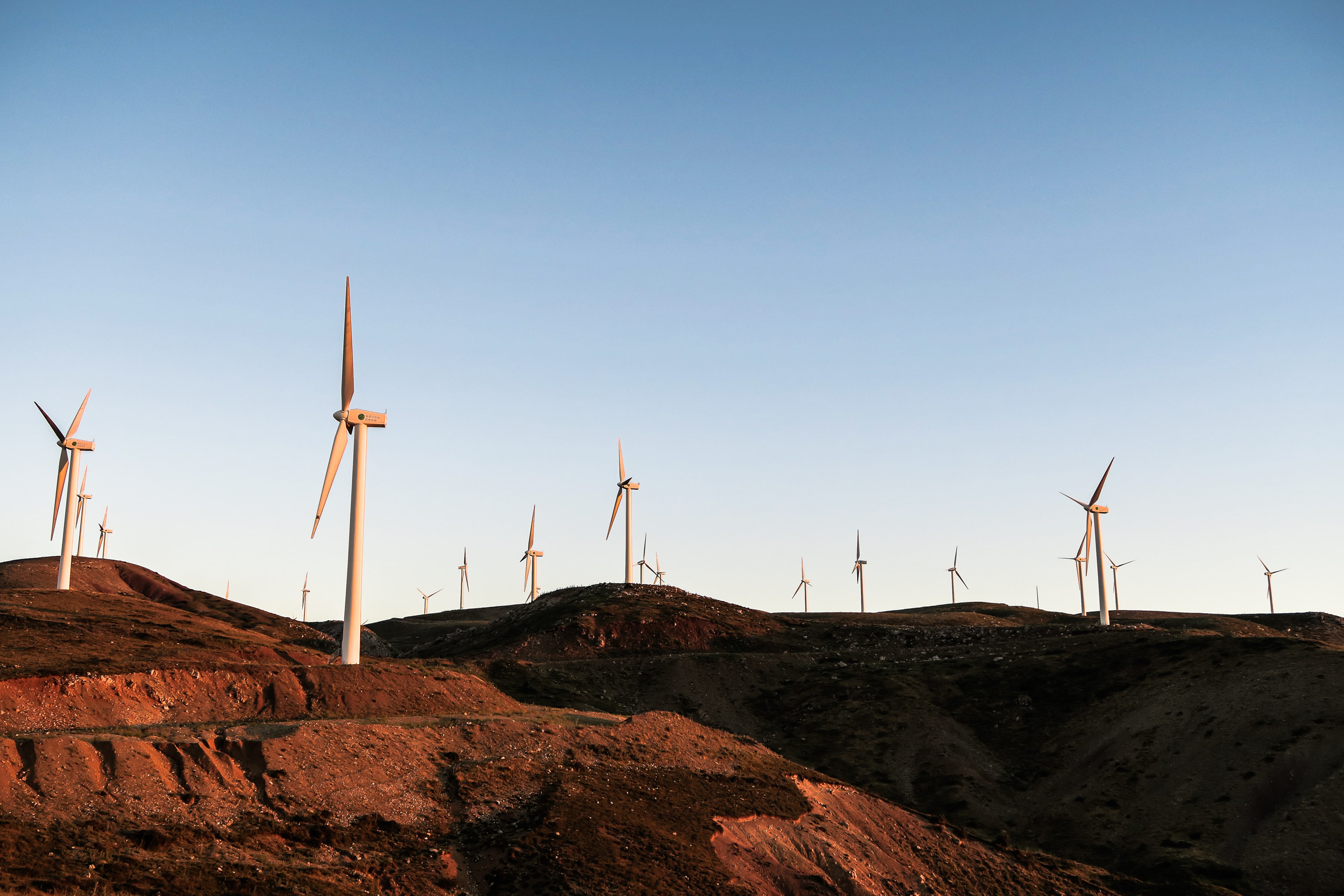Bill Gates says it’s time to redirect solar and wind subsidies. Is he right?

It’s time to redirect government subsidies supporting solar and wind farms toward clean technologies that can’t yet compete on their own, according to Bill Gates. Does his idea make sense?
What did he actually say? The falling costs and rising share of solar and wind power are one of the few success stories to date in the battle against climate change, the Microsoft cofounder and clean -energy investor said during an interview with Bloomberg.
But Gates said costs aren’t likely to drop much further and other areas are in far greater need of support, including grid energy storage, offshore wind parks, and tools that could cut greenhouse-gas emissions in sectors other than electricity, such as agriculture, cement, and steel.
Why’s that? One of the highest hurdles for wider adoption of renewables isn’t the cost of the electricity they generate, but the fact that they can only produce it when the sun is shining or wind is blowing. Better, cheaper energy storage technologies could help address that limitation.
Gates’s clean-energy fund, Breakthrough Energy Ventures, has been investing tens of millions into startups working on this very problem, including Quidnet, Form Energy, and Malta. The firm also funded Boston Metal, an MIT spinout developing an emissions-free method of producing steel.
So ... is he right? Should we divert subsidies? In an ideal world, yes. The government applies them to help a technology reach a level of scale and maturity where they can compete in the market on their own.
And to the degree there’s a finite pool of subsidies available, they should be directed toward the tools we need the most and which require the most help.
But … There is an added wrinkle here. Renewables don’t just need to compete with natural gas or coal on a dollar-for-dollar basis, so that utilities pick them when they’re in the market for a new plant.
Given the dangers of climate change, solar and wind farms need to become so cheap it becomes economical to start shutting down fossil-fuel sources that would otherwise continue operating, and pumping out emissions, for decades into the future.
The slowdown in renewables growth last year certainly doesn’t suggest we’re anywhere near that point, even with government subsidies in place.
Deep Dive
Climate change and energy
The problem with plug-in hybrids? Their drivers.
Plug-in hybrids are often sold as a transition to EVs, but new data from Europe shows we’re still underestimating the emissions they produce.
Harvard has halted its long-planned atmospheric geoengineering experiment
The decision follows years of controversy and the departure of one of the program’s key researchers.
Why hydrogen is losing the race to power cleaner cars
Batteries are dominating zero-emissions vehicles, and the fuel has better uses elsewhere.
Decarbonizing production of energy is a quick win
Clean technologies, including carbon management platforms, enable the global energy industry to play a crucial role in the transition to net zero.
Stay connected
Get the latest updates from
MIT Technology Review
Discover special offers, top stories, upcoming events, and more.